Dorothée Drucker was awarded a Leakey Foundation Research Grant during our fall 2015 cycle for her project entitled “Isotopes, diet and human adaptation in a Mediterranean context.”
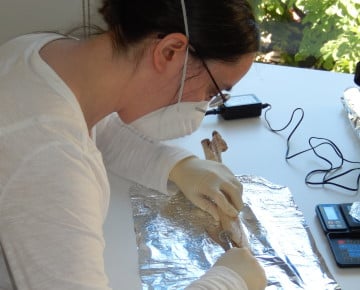
Dorothée Drucker sampling a human bone at the Banyoles Archaeology Museum, Catalonia
The study of the Gravettian period is of high importance in archaeological research and in the study of human adaptations since this pan-European culture (30,000 to 20,000 years ago) was the first to be unmistakably associated with modern human remains in Europe. From the Ural to the Atlantic Ocean, the Gravettian culture is characterized by similarities in tool morphology and the generalization of artistic expression as we see with the “Venus figurines”. However, some regionally specific evolutionary steps, supporting the view of a cultural mosaic system, are also increasingly documented.
This period witnessed rapid climatic changes until the Last Glacial Maximum during which the Scandinavian ice sheet was at its maximal extension. Consequently, at that time, human dispersal was reduced and human populations retreated to lower latitudes like the Iberian Peninsula. In contrast to the great plains of central Europe, some of the largest herbivores, such as the woolly mammoth, the woolly rhinoceros and the giant deer, which were exploited by prehistoric hunters, were virtually absent from the Mediterranean zone. On the other hand, human groups had access there to a large range of medium to small sized preys including horses, deer, rabbits and fishes.
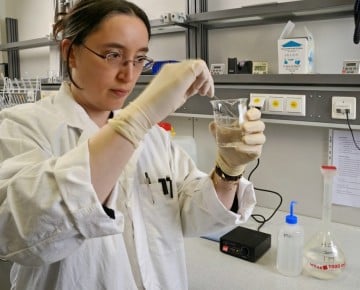
Dorothée Drucker extracting collagen at the Geosciences Department of the University of Tübingen (Germany). Photo credit: W. Gerber, Uni. Tübingen
In this project supported by the Catalan Department of Culture and the Leakey Foundation, my objective is to reconstruct the relative contribution of aquatic versus terrestrial food resources and of small game versus large herbivores in the diet of the Gravettian hunters from the Serinyà caves in northeastern Spain. To this end, I will use the stable isotope ratios found in bone collagen. Indeed, following the well-known adage “you are what you eat”, the relative abundances of carbon, nitrogen and sulphur stable isotopes of the tissues of an organism are dependent on those occurring in their foodstuffs. In the archaeological context, the most commonly preserved tissues are bones and teeth and collagen is the protein that can be isolated from their organic fraction. Bone collagen provides us with the averaged record of the dietary protein incorporated by the individual over several years.
Using this isotopic tracking, I will investigate to which extent the Gravettian groups were taking advantage of the large spectrum of prey and how these choices may have been constrained by the increasingly harsher climatic conditions. To complete the study, I will conduct the same isotopic analyses on the Serinyà caves faunal and human remains dated to the Solutrean occupation, which succeeded the Gravettian around the Last Glacial Maximum. When examining the isotopic composition of bulk collagen, the relative contribution of plant foods is normally hidden by the meat intake. New technological developments allow the isotopic analysis of specific compounds of collagen to be performed to quantify the plant consumption. Such advanced analyses will be applied to the remains of the Serinyà caves. The results will shed light on adaptation patterns of modern humans at that time in a region that is key for understanding its survival in Europe.


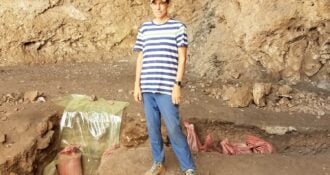
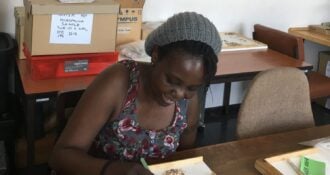
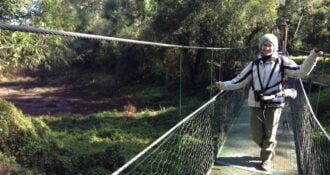

Comments 0